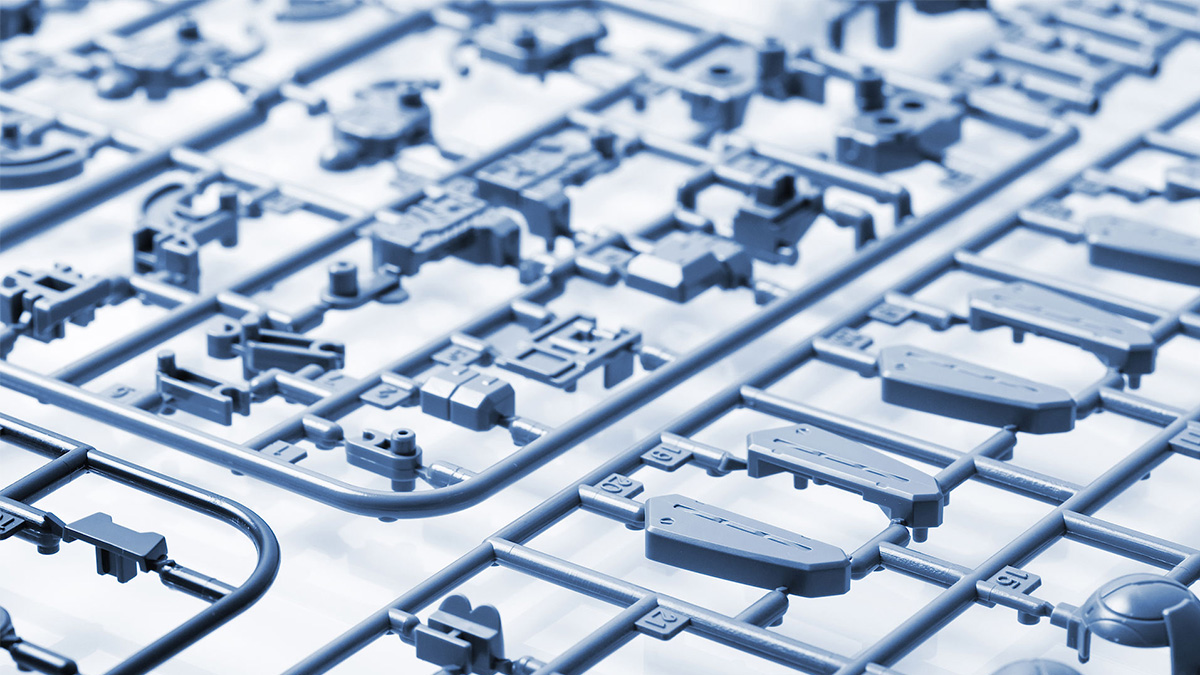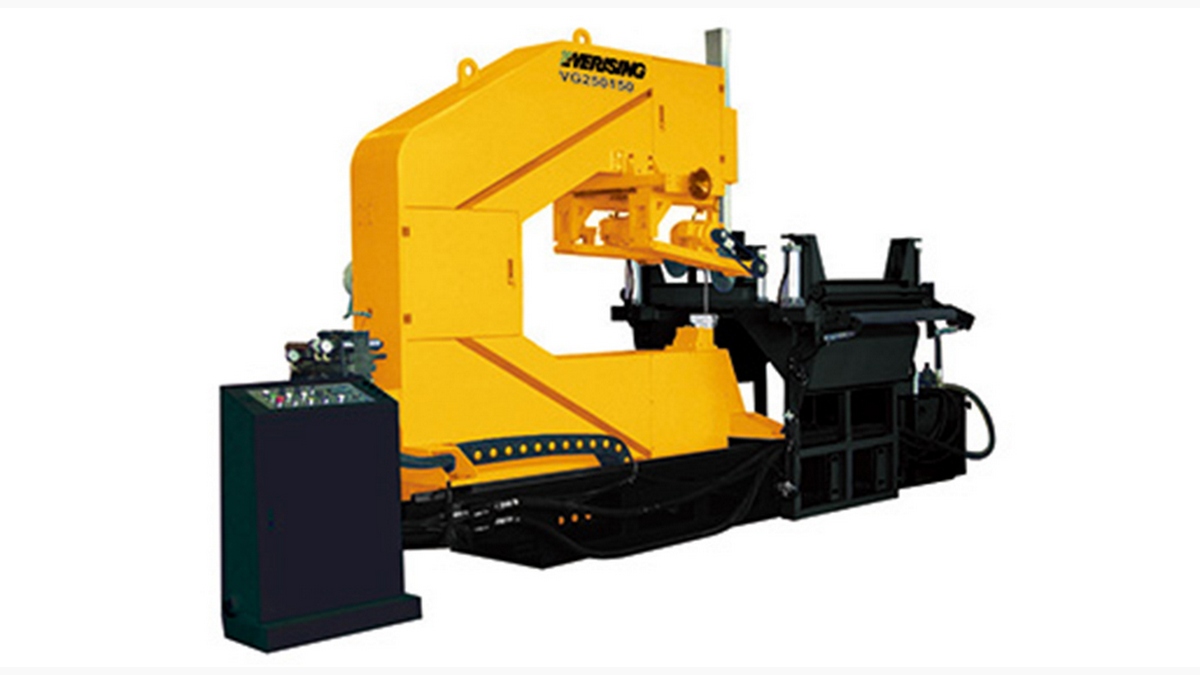Plastic products are very common in our daily lives. Cases for computers, mobile phones and electronics, daily household items, storage containers, automobile panels, furniture etc. are nearly all made of plastic. The method most often used to produce these products is a process called plastic injection. This article will address some of the key points that need to be taken into consideration during the plastic injection molding process, and what processes are required for injection molding.
What is plastic injection?
Plastic injection technology is used to manufacture a broad range of plastic products that we use daily. The principle of injection molding is to heat and melt granular plastic pellets into a flowable liquid which is then injected under high pressure into a mold. After a period of cooling down, the mold is opened and the final completed plastic product is removed.
Five plastic injection molding processes
The plastic injection molding process has five stages: plasticizing, injection, pressure holding, cooling, and removing from the mold. Because these five stages of the manufacturing process continue simultaneously under controlled automated production, products can be efficiently produced in large quantities.
1. Plasticization
The raw plastic material is melted at high temperature in the material tube of the injection molding machine. The processing temperature is carefully controlled according to the characteristics of the selected plastic material, the mold, and the product being produced.
2. Injection
A screw is used to inject the plastic material under high pressure into the mold. The shape of the mold and its design will determine processing factors such as the pressure and flow rate at which the plastic is injected into the mold. Shrinkage rate of the plastic is also considered to ensure the proper size of the final product, and to avoid deformation during cooling off.
3. Holding pressure
After the plastic raw materials has been injected into the mold, pressure is maintained on the plastic to ensure that it makes complete contact with the mold, and to avoid backflow of the plastic.
4. Cool down
The plastic is cooled at a controlled rate to ensure consistency of the item being formed.
5. Removal from mold
Finally, the mold is opened and the completed plastic product is removed.
Three key considerations of plastic injection molding
1. Moisture content of plastic raw materials
At normal room temperature, plastic raw materials are usually in a solid or elastomer state. During injection processing, the plastic will be heated to form a molten liquid to facilitate its injection. The moisture content of the raw material can greatly affect its action during melting and injection, so special attention should be paid to the dryness of the plastic raw material. High moisture content is likely to make the plastic injection process unstable.
Some plastic raw materials such as PA and PC will attract a small amount of moisture to their surface, so should be dried before being used. It is important to be aware of the specific properties of the plastic raw material being used and ensure the dryness of the plastic material before proceeding with the injection process.
2. Selection of injection molding machine
There are many types of plastic injection machines on the market. Choosing the right model for the products you will be producing will be a key to producing consistent high-quality products. Because the size, weight, and plastic materials of the products you want to create will vary, the injection machines best suited for your manufacturing will also vary. When choosing a machine, consider the clamping force, injection volume, screw compression ratio, injection speed, etc., to select the most suitable injection model for your products.
3. Adjustment of plastic injection parameters
Five major parameters that need to be controlled during injection are temperature, pressure, speed, position, and time. Among these, temperature is generally the most crucial. Special attention needs to be made not only to the heating temperature of the plastic being injected, but to the drying temperature of the plastic raw material, and the cooling temperature of the mold as well, and adjustments made accordingly.
In the past, an experienced operator could rely on feeling or experience when adjusting the machines temperature, pressure, speed, position, and time, however, with the advancement of technology, current injection molding machines can process real-time data to make highly accurate parameter adjustments automatically.
Applications of plastic injection
Construction
Due to the innate versatility of plastic injection molding, injection molding of various construction and building components has become increasingly popular. Some of the most commonly-produced elements in the construction industry include small and large accessories, fasteners, and various hand tools.
Food industry
Parts used in the food and beverage field must follow stringent health and safety rules and regulations, such as the GMA-safe program and FDA certification. All this is necessary to ensure the wellbeing of individuals using such products. To abide by these standards, molded parts have to be BPA-free and completely non-toxic.
Medical industry
Similar to the food and beverage industry, plastic parts made for the medical and pharmaceutical field have to follow even more stringent guidelines. In order to meet those standards, manufacturers must use FDA or medical-grade resins and manufacture their components according to ISO certification. What’s more, components for the medical field require various chemical properties, such as high tensile strength, resistance to very high temperatures, and others. These components have to be both decorative and functional, which means the manufacturer has to achieve the balance between aesthetics, usability, and durability.
Automotive components
Due to the high durability and longevity of plastic injection molded parts, they are very frequently used in the automotive industry. Innate design flexibility of the injection process makes it easy to design and create the numerous items you find in and on your car every day, such as mirror housings, cup holders, bumpers, and even entire dashboards.
Conclusion
Plastic injection is a processing method that can quickly produce plastic products. There are many points to be considered and paid attention to in the process of plastic injection molding. The selection of injection machine models, plastic material, and mold all need to undergo strict review and evaluation. The plastic injection process requires the cooperation of product designers and experienced technical operators to truly make perfect plastic products to be used in various applications.








.png)





